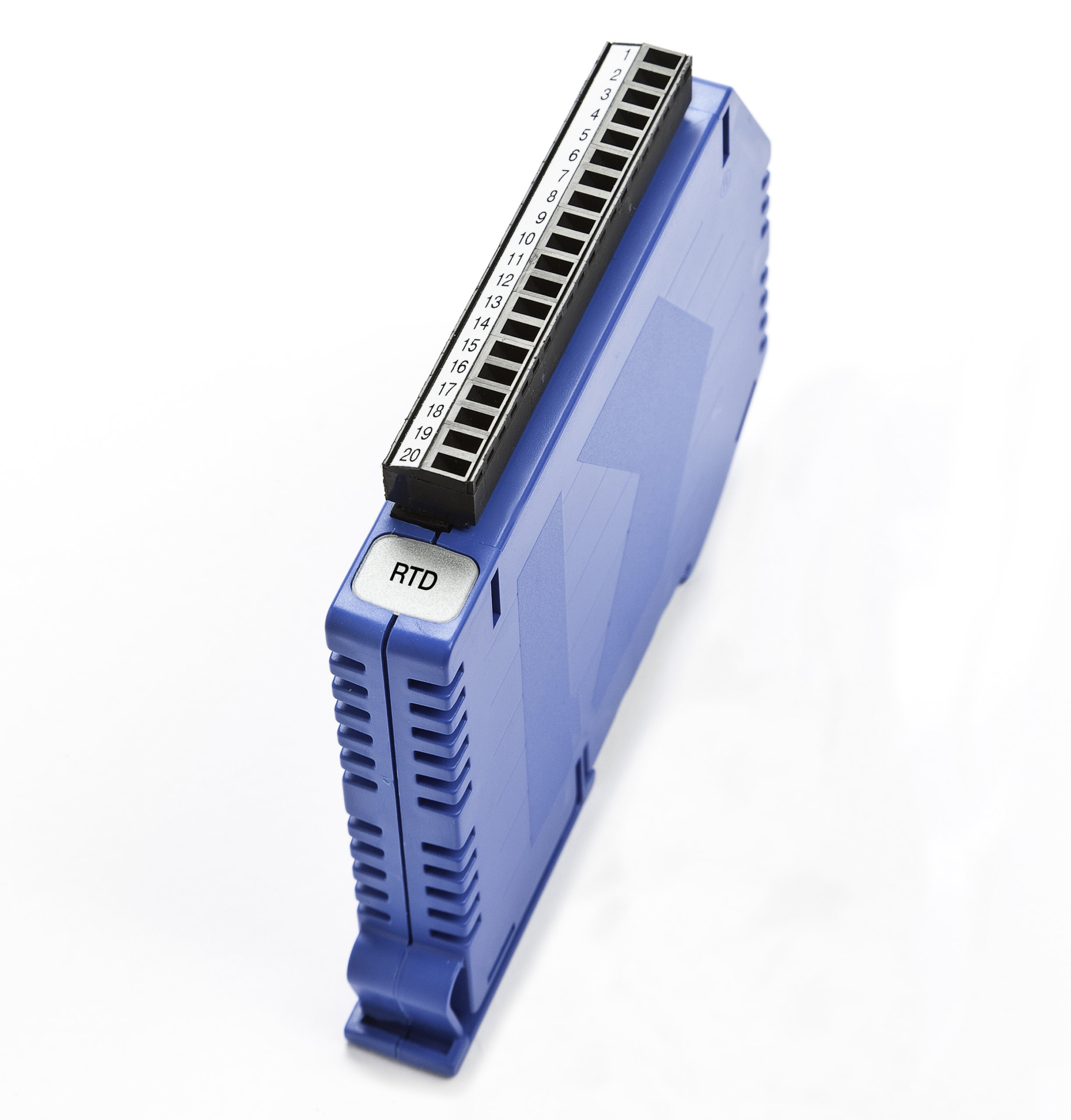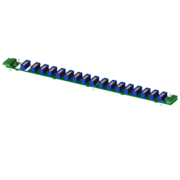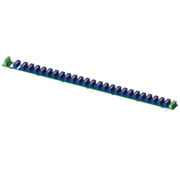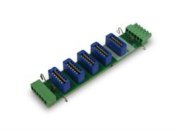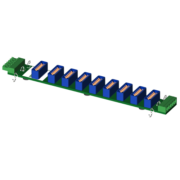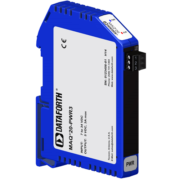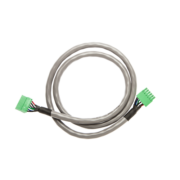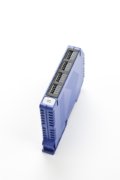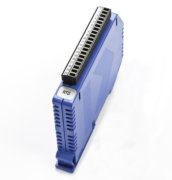Two MAQ20 resistance input modules are offered. One interfaces to 3-wire sensors and has 6 input channels; the other interfaces to 4-wire sensors and has 5 input channels. The 3-wire module interfaces to 3 types of sensors: 100Ù Pt and 120Ù Ni RTDs, and potentiometers; the 4-wire module interfaces to 100Ù Pt and 120Ù Ni RTDs. Precision, low magnitude current sources are used to minimize sensor self-heating and cancel lead resistance errors when using 3-wire sensors. All channels are individually configurable for sensor, range, alarms, and averaging to match the most demanding applications. High, Low, High-High and Low-Low alarms provide essential monitoring and warning functions to ensure optimum process flow and fail-safe applications. Hardware low-pass filtering in each channel provides rejection of 50 and 60Hz line frequencies. Field I/O connections are made through a pluggable terminal block with positions designated for the termination of wiring shields.
Input-to-bus isolation is a robust 1500Vrms and each individual channel is protected up to 240Vrms continuous overload in case of inadvertent wiring errors. Overloaded channels do not adversely affect other channels in the module, which preserves data integrity.
Channels in a module can be selectively enabled for scanning. All channels are enabled by default; however, non-used channels can be disabled to increase the sampling rate of enabled channels.
Input sensors and input ranges are selectable on a per-channel basis. One to three ranges are available depending on the input sensor. Over-range and under-range up to 2% beyond the specified input values is allowed. Sensor linearization is performed in the module, and accuracy is guaranteed to ±f.s.

